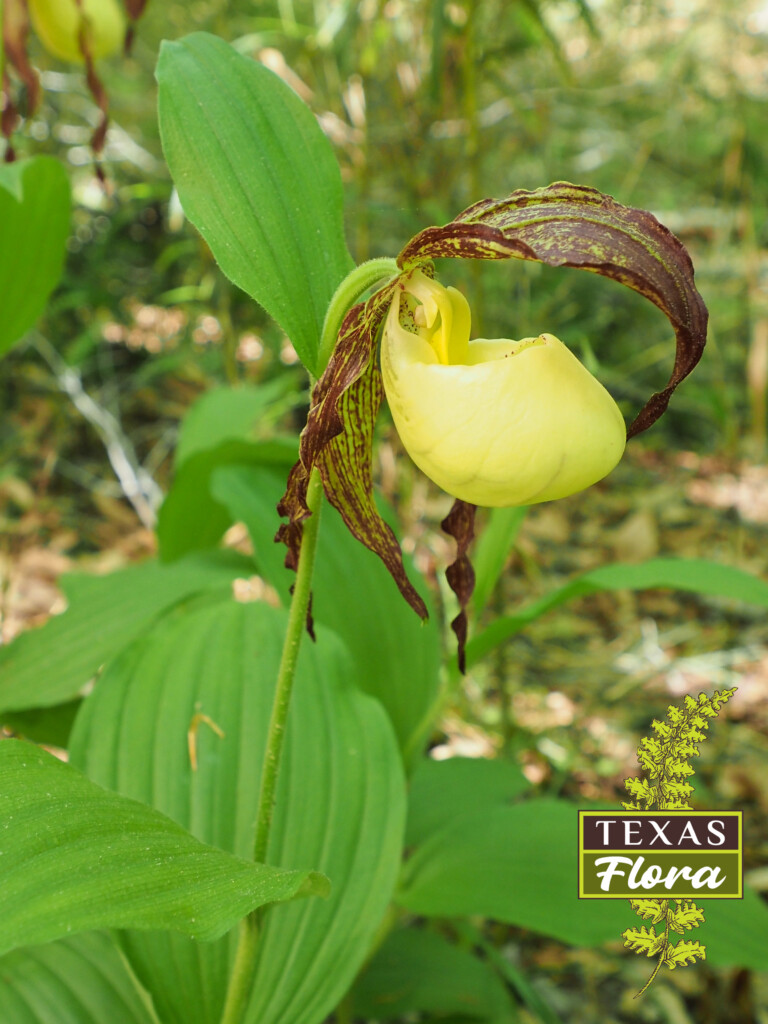
June 2022 Presentation by Michael Eason, State Botanist for the Native Plant Society of Texas
Join Michael as he gives an overview of the rare plants of Texas and the conservation efforts to save some of our most imperiled species. Texas has approximately 450 rare plants as listed by Texas Parks and Wildlife, with only about thirty state or federally listed as threatened or endangered. This leaves just over 400 species with little or no protection. By working with private landowners and on state and federal lands, Michael and others document, monitor, and seek out new populations as well as collect plant material for ex situ conservation to conserve these species for future generations.


